The Best Books About the Middle Ages
5 you must read...
The medieval world seems to enchant us unlike any other. Castles, cathedrals, nobles, knights, jesters, and jousts all enthrall the imagination — the era they define remains a goldmine for anyone wanting to explore the intersection of romance, war, faith, and philosophy.
Today, we suggest five of the books which best portray the Middle Ages in all their glory. As the criterion is enchantment over historicity, most of these are romanticized retellings, not actual medieval texts — but if you’re looking for a great book to transport you back to the time of chivalry, this is your list.
Lords, ladies, and Lancelot lie ahead. Let’s dive in…
Reminder: you can support our mission and get tons of members-only content for a few dollars per month:
Full-length articles every Wednesday and Saturday
Members-only podcasts and exclusive interviews
The entire archive of great literature, art, and philosophy breakdowns
In the last year, we’ve written about everything from the quest for meaning in Homer’s Odyssey, to why Tolkien hated Disney, to Dante’s journey down the 9 levels of Hell…
1. Ivanhoe
Sir Walter Scott’s Ivanhoe (1819) is one of the great historical romances of the 19th century, and is often credited with reviving modern interest in the Middle Ages. Set in 12th-century England in the years following the Norman conquest, the novel is, among many other things, a classic tale of love winning out against all odds.
The plot centers around Wilfred of Ivanhoe, a disinherited knight who joins Richard the Lionheart in the Crusades. Upon returning home, he faces down political schemes and romantic rivals, encountering iconic figures like Robin Hood, King Richard, and the Knights Templar along the way
What makes Ivanhoe so memorable, though, is its sweeping vision of medieval life. From jousts to sieges to damsels in distress, Ivanhoe gives you an almost cinematic experience of the Middle Ages — it captures the chivalric spirit in a way few books can, and is a must read for lovers of the romantic medieval world.
2. Orlando Furioso
Ludovico Ariosto’s Orlando Furioso is easily the strangest and most fantastical of the entries on this list. First published in 1516 and expanded in later editions, it is one of the three great poems of Italian literature, alongside the Divine Comedy and Jerusalem Delivered.
The poem continues the story of Orlando (the Italian name for “Roland”), a great knight of Charlemagne’s court who goes mad with unrequited love for the beautiful Angelica. The “madness” of his love takes him on a series of bizarre and often humorous adventures, getting him mixed up in the affairs of knights, sorcerers, seamonsters, and enchanted castles — to name just a few of his escapades.
The poem is dazzling in its scope, and the shockingly imaginative power of its author is on full display throughout. For example, one knight even borrows Elijah’s flaming chariot to take a trip up to the moon! If the idea of a medieval epic brimming with magic, madness, and a healthy dose of humour appeals to you, then Orlando Furioso is sure to delight.
3. Le Morte d’Arthur
Sir Thomas Malory’s Le Morte d’Arthur (1485) remains the definitive collection of Arthurian legend in English. Malory, likely a knight and soldier himself, compiled and reworked French and English sources into a single sweeping narrative, bringing together tales of Arthur, Guinevere, Lancelot, Merlin, and the Knights of the Round Table.
The book moves from Arthur’s birth to his death, recounting the quest for the Holy Grail, Lancelot’s betrayal, and the final tragedy at Camlann. Malory’s account is most impressive, however, for how it exalts the virtues of the medieval word — such as honor, loyalty, and romance — while simultaneously showing how fragile they are, and how they’re brought down when jealousy and human sin enter into the mix.
First published by England’s first printer, William Caxton, Le Morte d’Arthur helped cement Arthurian legend at the heart of English literature. It also inspired generations of future adaptations, from Tennyson’s Idylls of the King to T.H. White’s The Once and Future King. If you’re drawn to Camelot and the Holy Grail, Malory’s work is a must read — it’s the closest thing to a single medieval “epic” for Arthur, and remains as haunting and majestic today as when it was first written.
4. Chrétien de Troyes’ Arthurian Romances
Before Malory, there was Chrétien de Troyes, a 12th-century French poet writing at the court of Champagne. His many romances — including Erec and Enide, Yvain, the Knight of the Lion, Lancelot, the Knight of the Cart, and Perceval, the Story of the Grail — established many of the central themes of Arthurian legend.
Chrétien is especially important for introducing the Holy Grail into literature, as well as shaping the character of Lancelot and his doomed love for Queen Guinevere. His stories combine chivalric adventure with moral and spiritual trials, where knights must not only prove their strength, but also their honor and fidelity.
What makes Chrétien so enchanting is the balance he strikes between romance and adventure. His knights encounter mysterious maidens and undertake perilous duels, but their quests always touch deeper questions of loyalty, virtue, and faith. More importantly, however, Chrétien de Troyes is the only properly medieval author on this list — so if you want to experience these stories as actual people of the time experienced them, Chrétien’s romances are indispensable.
5. The Name of the Rose
Umberto Eco’s The Name of the Rose (1980) is a modern novel that brings the medieval world to life with unparalleled richness. Set in an Italian monastery in the year 1327, The Name of the Rose is a gripping murder mystery, as well as a meditation on faith, knowledge, and power in the Middle Ages.
The story follows Brother William of Baskerville, a sharp-minded Franciscan friar who arrives at the abbey for a theological dispute. When mysterious deaths occur, William turns detective, using logic and observation to uncover a plot tied to forbidden books and the labyrinthine library at the monastery’s heart.
Eco’s background as a medievalist and philosopher endows the book with an unparalleled level of historical detail — from scriptoria to inquisitorial procedures, the medieval world feels vividly present. Monastic ritual wafts through the narrative like incense in a church, heightening the experience of the debates over heresy and the tension between reason and dogma. If you want a bit of philosophical reflection to accompany your dive into the Middle Ages, The Name of the Rose is a perfect book to turn to.
Remember, you can support us and get members-only content every weekend — great literature, art, and philosophy breakdowns.
Paid readers can access our *entire* archive of premium articles right here.
In the last year, we’ve written about everything from the quest for meaning in Homer’s Odyssey, to why Tolkien hated Disney, to Dante’s journey down the 9 levels of Hell…




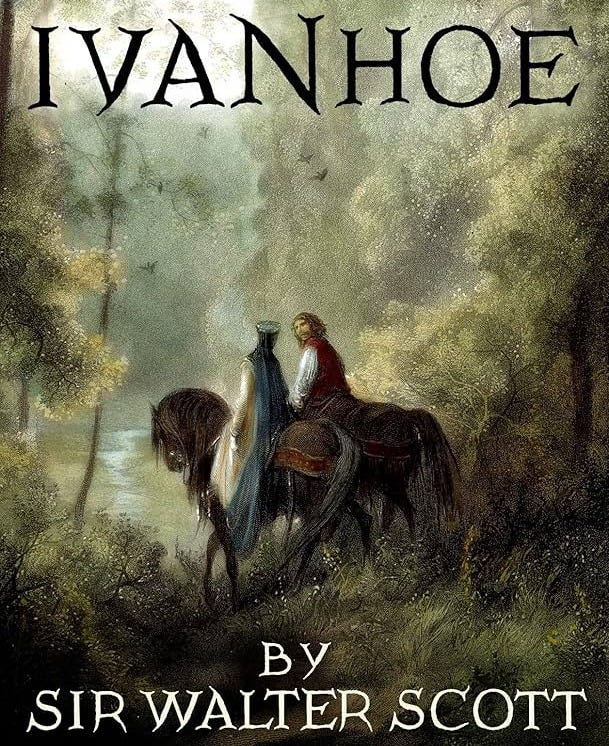
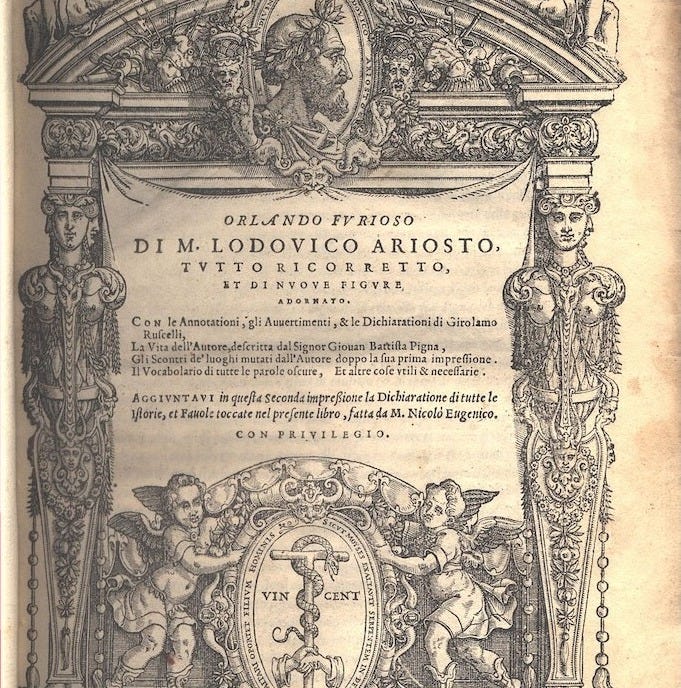
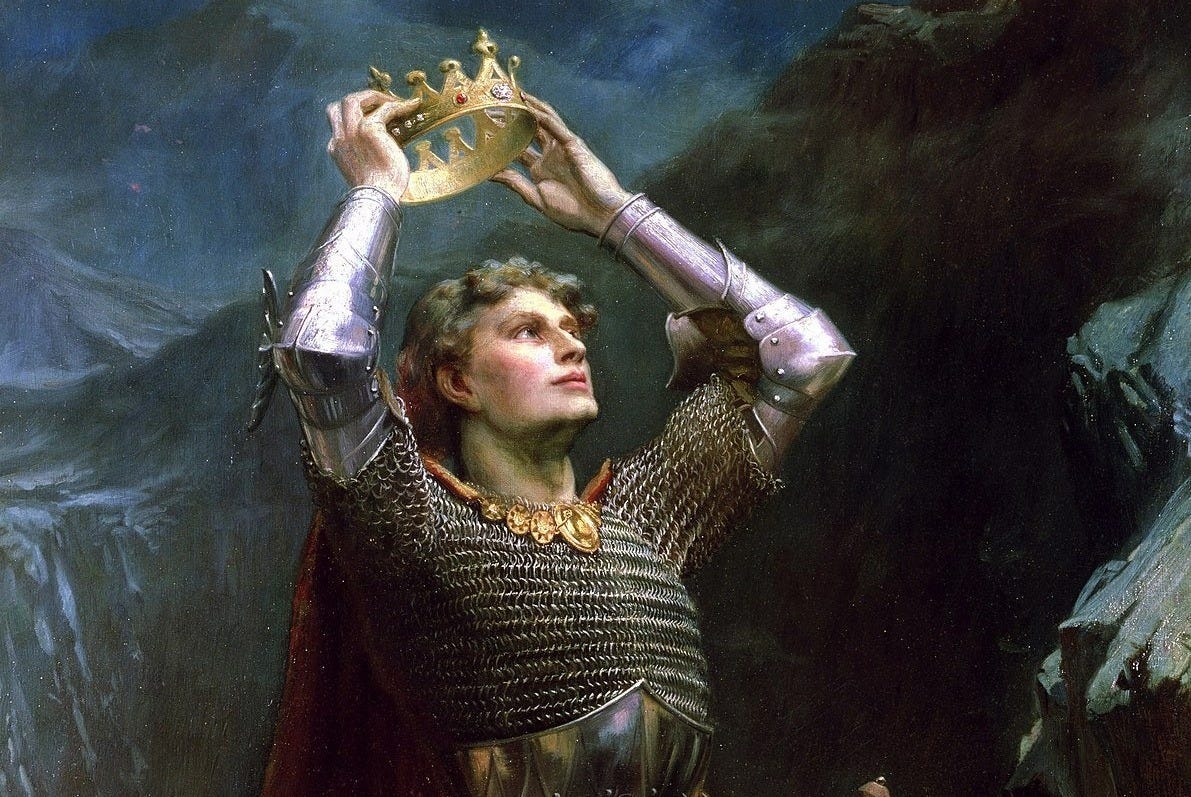
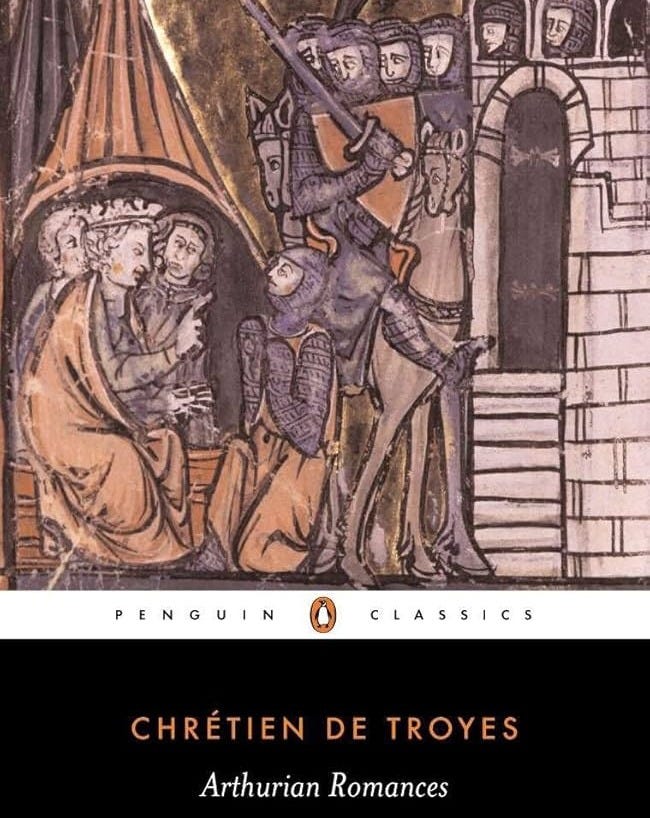
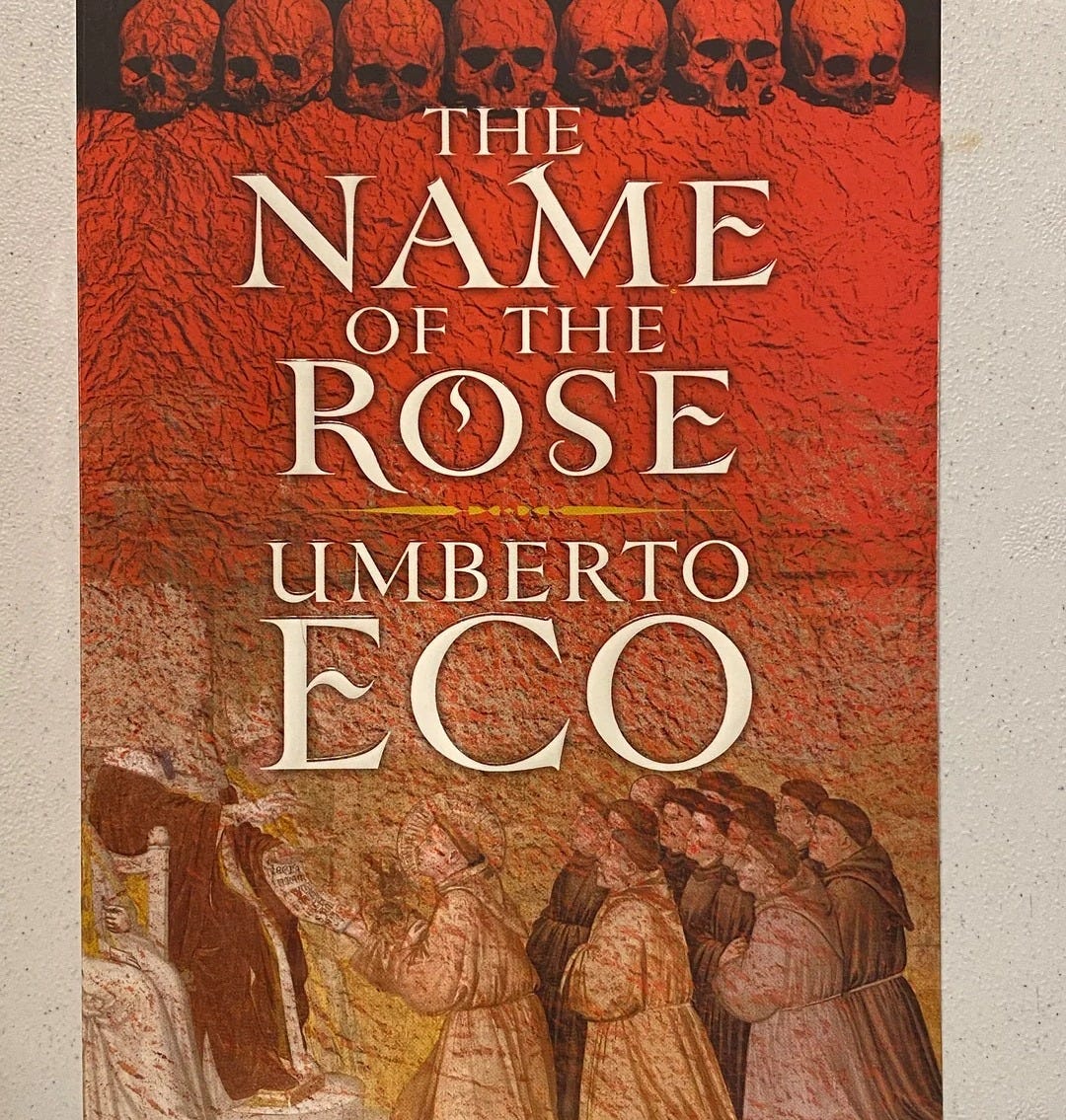

A World Lit only by Fire by William Manchester gives a good picture of that world.
Ooh - I'd add Kristin Lavransdatter by Sigrid Undset.